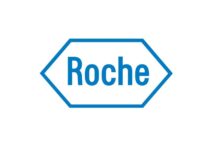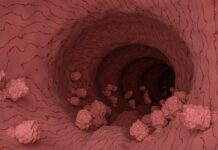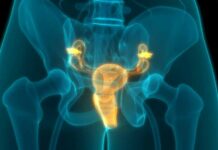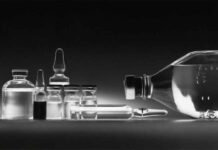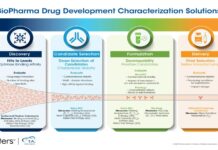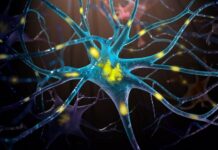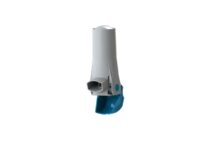The first gene therapy for non-muscle invasive bladder cancer (NMIBC) in individuals with high-risk carcinoma in situ (CIS) with or without papillary tumours has been licenced by the US Food and Drug Administration (FDA) as Adstiladrin (nadofaragene firadenovec-vncg). Adstiladrin, a non-replicating adenoviral vector-based therapy, offers a novel therapeutic option for patients who have high-risk, non-muscle-invasive bladder cancer that is non-responsive to BCG therapy, according to FDA Center for Biologics Evaluation and Research director, Dr. Peter Marks, PhD.
Patients with high-risk NMIBC, particularly those with CIS, are often treated and cared for by removing the tumour and administering the BCG vaccine to lower the likelihood that the disease will return. Patients who develop a condition that is resistant to BCG have few viable therapy choices available.
An elevated risk of death or a disease-worsening event is linked to the inability to achieve a complete response (CR), or the removal of all indications of cancer as observed on cystoscopy, biopsied tissue, and urine. Without therapy, the cancer has the potential to spread throughout the body, invade healthy tissues, and harm organs.
Clinical Investigation of Astladrin
A multicenter clinical study involving 157 patients who had high-risk BCG-unresponsive NMIBC, 98 of whom had BCG-unresponsive CIS with or without papillary tumours and were examined for response, evaluated the safety and efficacy of Adstiladrin.
Using a urinary catheter, patients were treated with Adstiladrin once every three months for up to 12 months, or until there was intolerable treatment toxicity or recurrent high-grade NMIBC. 51% patients in total had a CR. 9.7 months on average passed before a response was made. 46% of the responding patients had stayed on CR for at least a year.
The most frequent adverse reactions were urinary urgency, haematuria (blood in the urine), weariness, bladder spasms, bladder discharge, cold, temperature, and painful urination. Adstiladrin should not be ingested by anyone with weakened or suppressed immune systems, according to the FDA.



